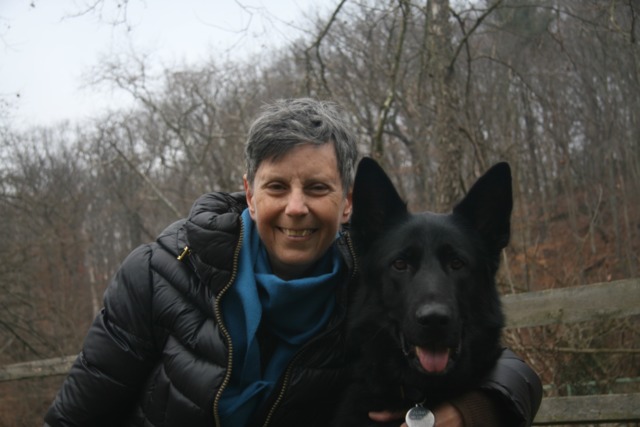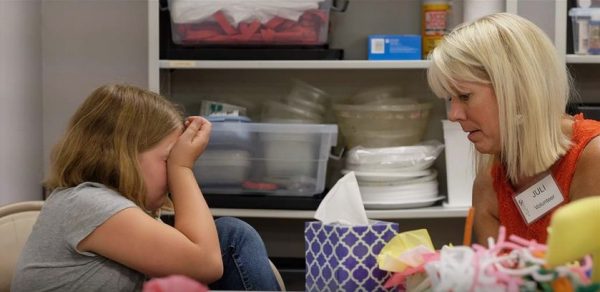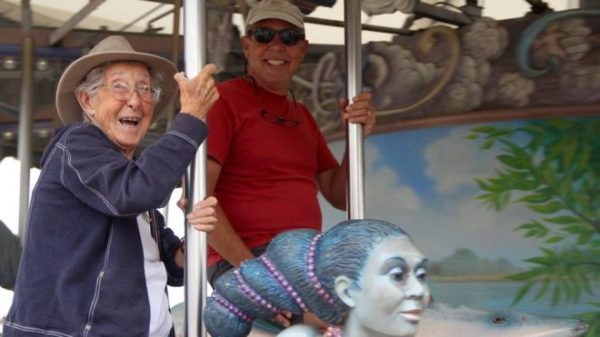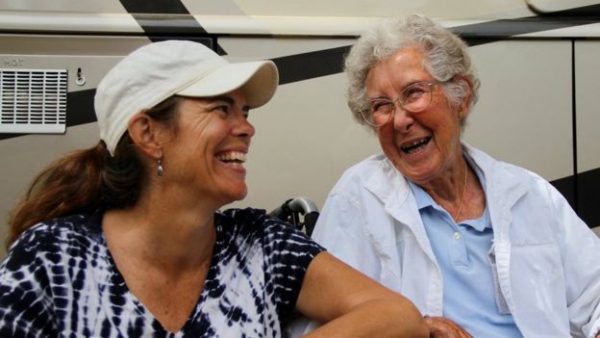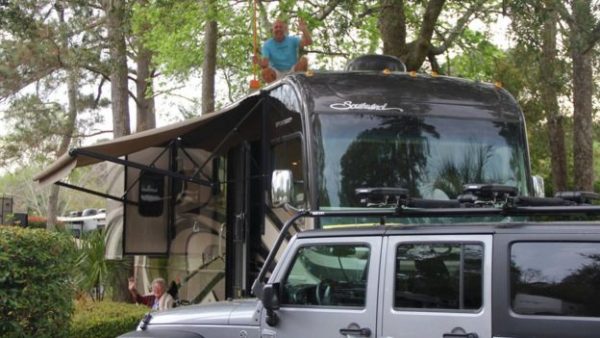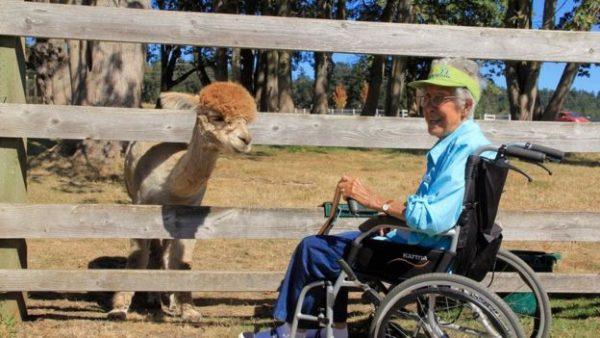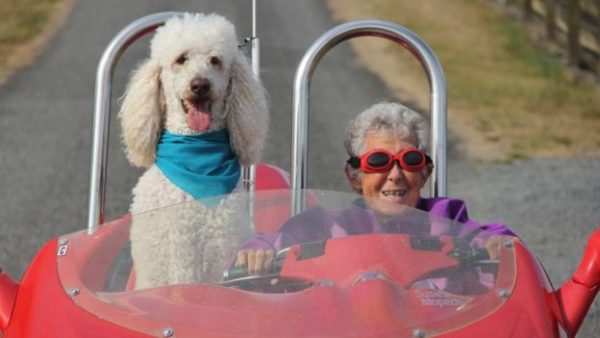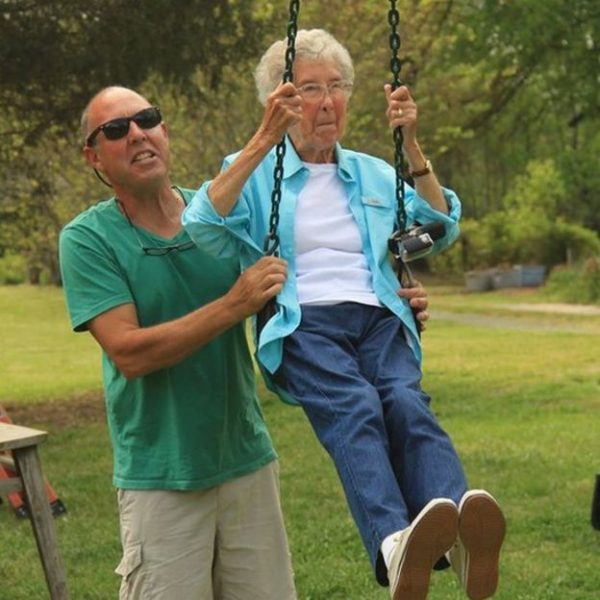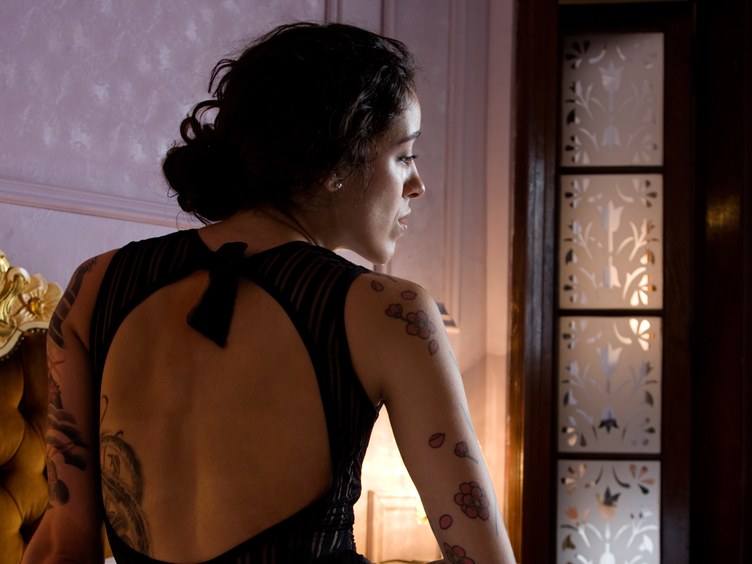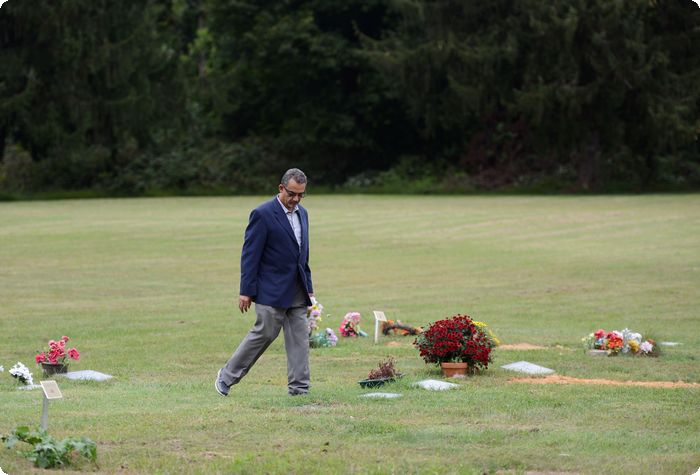Her courage showed me assisted dying should be legal in the UK so the terminally ill can have some control
By Anonymous
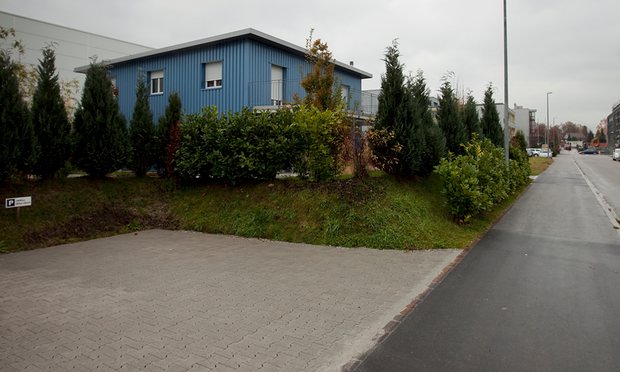
Some years ago, while working as a district nurse at a GP practice, one of the receptionists came to tell me she had just taken a phone call from the son of a patient to say he had returned from the Dignitas clinic in Switzerland. His mother, who had recently been diagnosed with a neurological condition that would kill her slowly, and with loss of dignity and independence, had taken her life there.
The reception staff were shocked. I was shocked. My team was shocked. I was dismayed that this lady, who I had known for a number of years, had to go to another country to receive the care she wanted and to die earlier than she should have.
The following day her GP asked me what Lily* had been up to over the past few days. You can tell from this perhaps that Lily was a lady who made demands on the surgery team. The GP was upset when I told her what had happened, and contacted Lily’s son.
I had known this lady for a number of years and looked after her husband when he returned from hospital after surgery. Lily would turn up at the surgery immaculately dressed and would not leave until she obtained what she thought would help him. I would sometimes receive a phone call from the surgery asking me to come back from my house calls to see her. I was not the only person at the surgery with whom she could be quite insistent. Yet even as she frustrated us all, I found it noble the way she fought for what she thought was best for her husband.
After he died I saw her only occasionally. A few years later her health deterioriated and I became involved in her care. Occasionally I found it frustrating when, in the middle of a clinic or housecall, I would be contacted to say Lily wanted to see or speak to me. Many a day on my way home I would have to call into her house to reassure her or deal with a problem.
After her diagnosis she was matter of fact as we discussed plans for her care and how to deal with her condition. She was living on her own and had no intention of “burdening” her children. Despite the fact that she could be difficult, I found her likeable with a very dry sense of humour and fun.
I found out later that before she died she had bought a new outfit to travel in, and been to a favourite view she and her husband used to visit and to a favourite restaurant.
The point of telling this story is that I gained great insight into the courage and tenacity it takes to go to Dignitas and that there should be a way of assisting someone who is of firm mind to take their own life in these circumstances. Perhaps if she had felt she would have had control of the situation in this country Lily would not have found it necessary to take her own life at all; certainly she would have had a longer life. I feel privileged to have known a very brave woman, even if she could drive me to distraction.
Complete Article HERE!

